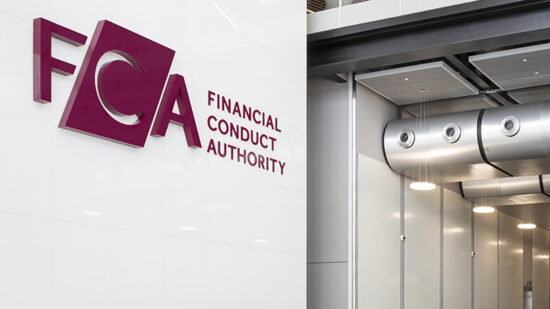Making the distinction between these two factors has never been as black and white as equity strategists might have you believe.
However, from a corporate level, with Q3 earnings season now finished, the shift has been somewhat cemented with consumer staples mostly disappointing expectations, while banks have largely delivered positive results.
According to Societe Generale’s latest Global Equity Compass, the consensus is expecting this trend to continue in 2017, with “positive earnings per share revisions for several discretionary sectors, along with healthcare and banks”.
The analysts expect the banking sector, already boosted by Trump’s victory, to deliver 18% earnings per share growth in 2017, a significant improvement over the -9% estimate for this year.
Taking a sector perspective is one way of distinguishing the trend, though can we really be sure that the commodities rally in the first half of the year was part of a wider value resurgence and not just supply/demand metrics specific to the asset class?
Another approach would be to look at specific named growth and value indices, most notable those offered by MSCI.
Over three years, the MSCI World Growth delivered 5.4% (to end October), compared to 2.8% from the MSCI World Value index. Over 12 months, the trend has reversed somewhat with 2.2% from the Value index versus a flat performance from the Growth benchmark.
Still a closer look at the make-up of these indices gives confusing signals, as Peter Askew, CEO and fund manager at T. Bailey Asset Management, explains:
“To illustrate the definition problem, the top participant in the MSCI World Value and the Growth Index is Apple (1.63% and 3.86% respectively).
“For many Apple is just a growth stock. The MSCI World Value and Growth Indices like many such indices are imperfect at best not least for those that continue to use indices as portfolio construction tools.”
Askew is also dismayed that Berkshire Hathaway, run by the world’s most famous ‘value’ investor, appears as the seventh largest participant in the Growth index.
So, how should retail investors play factor moves? Askew suggests that a modern value trend that is sustainable could be a theme like infrastructure which has political will behind it. In T. Bailey’s portfolios, there is not a value/growth demarcation line.
“Recently we were asked if we should be allocating more to commodities to reflect an upturn in global economic activity,” he explains.
“Our response was that we had already been looking at those materials needed for the modern world and added a manager that benefited the portfolio’s risk/reward relationship. We did not assign a growth or value tag to that holding.








